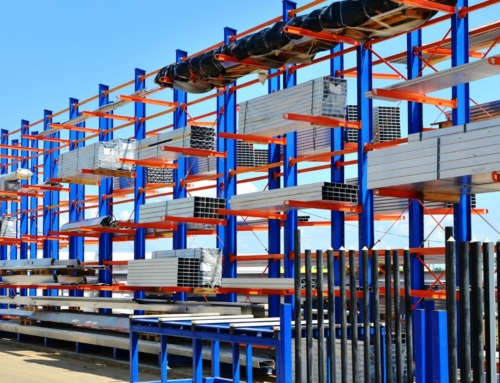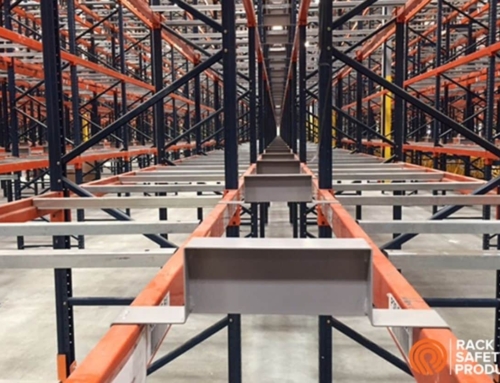[fusion_builder_container hundred_percent=”no” equal_height_columns=”no” menu_anchor=”” hide_on_mobile=”small-visibility,medium-visibility,large-visibility” class=”” id=”” background_color=”” background_image=”” background_position=”center center” background_repeat=”no-repeat” fade=”no” background_parallax=”none” parallax_speed=”0.3″ video_mp4=”” video_webm=”” video_ogv=”” video_url=”” video_aspect_ratio=”16:9″ video_loop=”yes” video_mute=”yes” overlay_color=”” video_preview_image=”” border_size=”” border_color=”” border_style=”solid” padding_top=”” padding_bottom=”” padding_left=”” padding_right=””][fusion_builder_row][fusion_builder_column type=”1_1″ layout=”1_1″ background_position=”left top” background_color=”” border_size=”” border_color=”” border_style=”solid” border_position=”all” spacing=”yes” background_image=”” background_repeat=”no-repeat” padding_top=”” padding_right=”” padding_bottom=”” padding_left=”” margin_top=”0px” margin_bottom=”0px” class=”” id=”” animation_type=”” animation_speed=”0.3″ animation_direction=”left” hide_on_mobile=”small-visibility,medium-visibility,large-visibility” center_content=”no” last=”no” min_height=”” hover_type=”none” link=””][fusion_text columns=”” column_min_width=”” column_spacing=”” rule_style=”default” rule_size=”” rule_color=”” hide_on_mobile=”small-visibility,medium-visibility,large-visibility” class=”” id=””]
The addition of wire mesh decking to pallet racks expands the racking system’s capabilities. Wire decking between beams is a stronger, longer-lasting alternative to wood planks. The mesh design also enhances airflow, which is important when keeping temperature- and moisture-sensitive items. Besides this, wire mesh backing is constructed in a way that is light on materials, and yet hardy enough to stand up to the job. Read on to find out about the many ways wire mesh backing can save your business money.
What Is Wire Decking for Pallet Racks?
The open-weave form of mesh wire decking is made of sturdy metal. The sections of decking fit between or over the pallet rack’s support beams, depending on the model. The decking cannot and should not hold the whole weight of the pallets, but it does aid in weight distribution across the support beams, making storage safer. Wire decks capture anything that falls from the pallets, preventing spillage or lost merchandise from dropping to the floor. If things fall from a pallet onto a pallet below or to the floor without the mesh decking in place, they may be lost.
The Main Benefits That Wire Mesh Can Provide
Wear-Resistant
The structure of wire mesh was designed with durability and lifespan in mind. When compared to wood which can warp or splinter in extreme weather, these forms of decking show very little damage over time. And because wire decking lasts longer than wood decking, you’ll spend less money on it over time because you won’t have to replace it as often. You may rest assured that this decking will readily withstand regular and hard use.
Unaffected by Temperature
Wire decking is weather-resistant, which is an often neglected feature. This can be a problem with wood (especially in humid places) since it can cause the decks to warp and need to be replaced. When you compare this to wire decking and its metal construction, you can see the obvious benefits in terms of functionality and longevity.
Easy To Install
One of the best aspects of wire mesh decking is how simple it is to install. Unlike wood, there is no need for cutting, sanding, or any other type of manufacturing. This is because, in most cases, the decking is precut from the factory, which means you won’t have to waste time and money putting the shelf together as you would with wood.
Lower Cost
Wire rack decking is significantly less expensive in the long run. With wood, you’ll have to account for the expense of cutting, installing, and eventually replacing the wood. This will always be more expensive than the simple installation and upfront cost of wire decking.
Safety Tips for Wire Decking
Wire mesh decking has a lot of advantages, but only if it’s used properly. The amount of support these metal elements provide to the pallets above them is determined by their weight capacity and decking type. People could be seriously harmed and goods damaged if these safety precautions are not followed. When employing wire decking, the mesh selected must be appropriate for the load it must sustain.
Wire decking should not be used to hold up any loaded pallet indiscriminately. Unless the pallet is lightweight or empty, match the wire mesh decking load to the pallet and don’t let the decking be the only method of support.
Pallets should be placed in such a way that they produce a consistently distributed load, which occurs when the products on the pallets cover the decking to all edges—front to rear, and side to side.
No one in the facility should ever stand or walk on wire decking regardless of the deck’s capacity. This is because it was built to withstand static loads rather than the dynamic pressure exerted by a human. Decking can also cause individuals to trip. The deck could also tip over or slip out if someone stands on it or improperly stacks pallets on it, causing unequal pressure.
In addition to considering the weight capacity, another component of using wire decking safely is selecting the appropriate type for the load and application. Pallet rack decking variations are available to fit the racking system’s beam type. While universal solutions are available, they may not be suitable for specific use at a facility.
Types of Wire Mesh Backing
Drop-In Flush
Flush decking aligns with the surface of the beams, as the name implies. It snaps into position and is supported by the step beams’ bases. Drop-in flush decking is best suited for racking that requires access to the front of the beams. When workers attach barcodes to beams for scanning when pulling merchandise, flush decking has no cables that block the barcode, allowing for clean scanning.
Waterfall Wire Mesh
The overhanging form generated by the mesh over the edge of the support beams gives the decking its name—waterfall wire mesh decking. This style of decking is installed on top of the beams and can be accommodated by both box and step beams. Because of its capacity to fit over many types of beams, waterfall mesh decking is a popular choice. This decking choice will suffice if covering the front of the rack with the edge of the waterfall deck does not present an issue.
Flared Channel
With flared channel designs, the support channels on flared decking flare out at the ends. This design allows the decking to function with either box or step beams, although not all types of decking are compatible. The flare is positioned beneath a waterfall lip, ensuring that the channel ends remain secure. This design is not compatible with drop-in decking since the flared end rests on top of the front and back beams.
We hope this overview has been excellent in helping you understand the many ways wire mesh backing can save your business money! If you are looking for any kind of pallet rack decking for sale, be sure to reach out to Rack Safety Products. We have a great selection of all types of rack decking to ensure that we are your one-stop shop for all things racking.

[/fusion_text][/fusion_builder_column][/fusion_builder_row][/fusion_builder_container]






